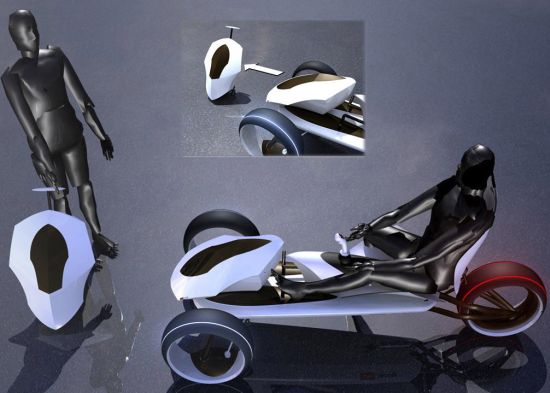Do you want to participate in some sidewalk surfing? Make sure you understand the differences amongst cruising, tech, vertical, and many more skateboard styles. Below, we’ll show you how to stick the difference. Skateboarding has progressed a long way since its inception. Early skateboarders used surfboards or pieces of wood as wheels. They could then surf over dry land on flat beach days. It can be intimidating if you’re fresh to the skateboarding scene. As a result, let us assist you in selecting the appropriate skateboard for your needs. But, before we get into the many varieties of skateboards, let’s look at the components that make up a skateboard.
A Skateboard’s Anatomy
The many moving pieces and how they’re set-up distinguish each sort of skateboard. Here’s a quick rundown of its most important skateboard components. This will allow you to become more familiar with the terms.
1. Decks for Skateboards
A deck is similar to a jersey for skateboarders. The bottom of a skate deck displays several skate company designs and logos. Each deck has a distinct shape, with some being long and others being short. A few are flat, while others have wheel cutouts. Finally, your feet will land on the deck. You may be standing on birch, maple, or plastic, for example. The sort of skateboard you can do is determined on the material of your deck. You can’t do tricks or race downhill without the correct kind of deck. As a result, it’s critical to understand the differences between sets in order to choose the appropriate style.

2. Wheels
You won’t get very far with your skateboard without wheels. The wheels also aid in determining the kind of skateboard you’re riding. Polyurethane is used to make skateboard wheels. Soft and hard wheels are available on the market. Hard wheels are recommended for street skateboards. Longboards, on the other hand, require softer wheels to reach higher speeds.
3. Tape for Grip
You know how a skateboard has sandpaper on the top? Your grip tape is that. And it’s this sticky sandpaper that offers you more traction while biking. While grip tape is required for certain types of skateboarding, many boards do not require it. In the end, everything comes down to the type of boards you ride.

4. Trucks
The trucks are located beneath the skateboard. On a skateboard, these two metal items are what maintain you moving. Skateboard trucks are made up of several parts that all work together to keep you going. The most critical consideration when selecting trucks is also that they fit the board properly. Your trucks should ideally fit the size of your board. Risers are a plastic or rubber pad that sits between the truck and the deck on some skateboards. While risers are not required for every board layout, they are handy.
Risers can be added to your skateboard to keep the wheels avoid touching the deck’s edges. Additionally, risers provide as extra padding to absorb impact during tricks.
You can see the fastest electric skateboards here.




